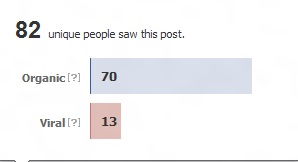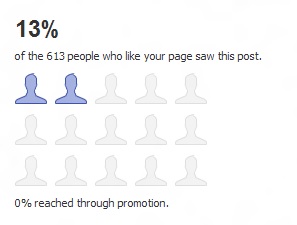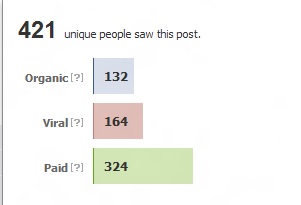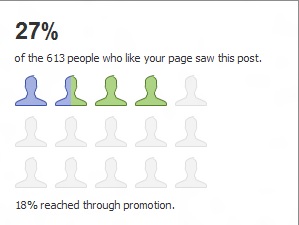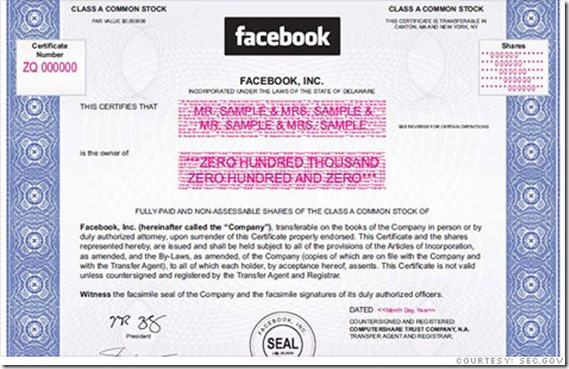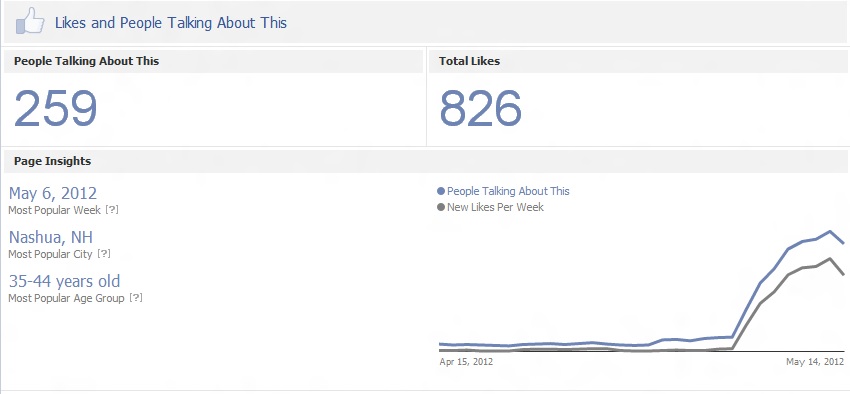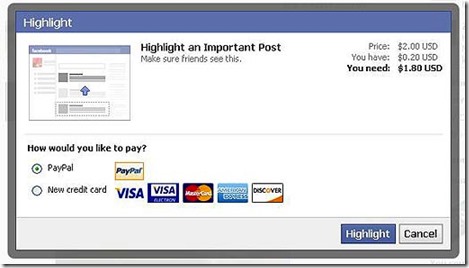Dealers are continuously struggling to keep customers happy. Most dealers want their customers to be happy as a happy customer can lead to more sales through word-of-mouth and referrals. CSI scores in both sales and service are essential in many ways to dealerships and can cause a multitude of problems if they’re not up to par.
Sometimes dealers are unfairly treated by customers for minor things, however.
I came across this video on YouTube quite by accident and was absolutely astounded.
I wasn’t searching for that particular dealership nor was I searching their brand or even searching their area. I’m about as far away geographically from the dealership as you could get so I can’t even blame geographical relevance. In fact, I had very broad search terms. This video still showed up on Page 4 of a Google search.
The video’s description makes this even more astounding:
“The dealership provides free Wi-Fi internet access to it’s customers, while waiting for their vehicle to be serviced. One problem: It doesn’t work.
Watch me walk around nearly the entire dealership, only to get a signal enough to grab a few bits of data, and crap out. There was a point I got a good signal, but it never returned.
It’s very hard to see, but you can see that the signal meters remain red pretty much the whole time, until the media player shut itself off. At that point, I gave up. My car was about done anyhow. This is the ONLY part of Ron Bouchard’s that is not good. Sorry Ron. 🙁
EPIC FAIL Internet.”
Seriously?
This YouTuber knows the power of the internet. He’s uploaded over 1,500 videos and has amassed over 2.5 million views. He’s in a dealership that he even agrees on video deserves its 5-star rating and states in the video description that this is the only part of the dealership that is not good yet he feels compelled to make a video complaining about the lack of free wi-fi despite it being advertised in the service waiting area. It’s obvious that he didn’t “mean” any harm but this dealership now shows up ranking high for search terms like “car dealer” and “fail”. In the comments, he follows up TWO YEARS LATER, stating that the wi-fi still didn’t work.
Reputation management begins with knowing what’s being said about you.
This is completely unfair to the dealership but it’s a perfect example to illustrate the importance of perfection in your customer’s dealership experience as well as the importance of monitoring what people are saying about you online.
What would you have done had this video been made about your dealership?

